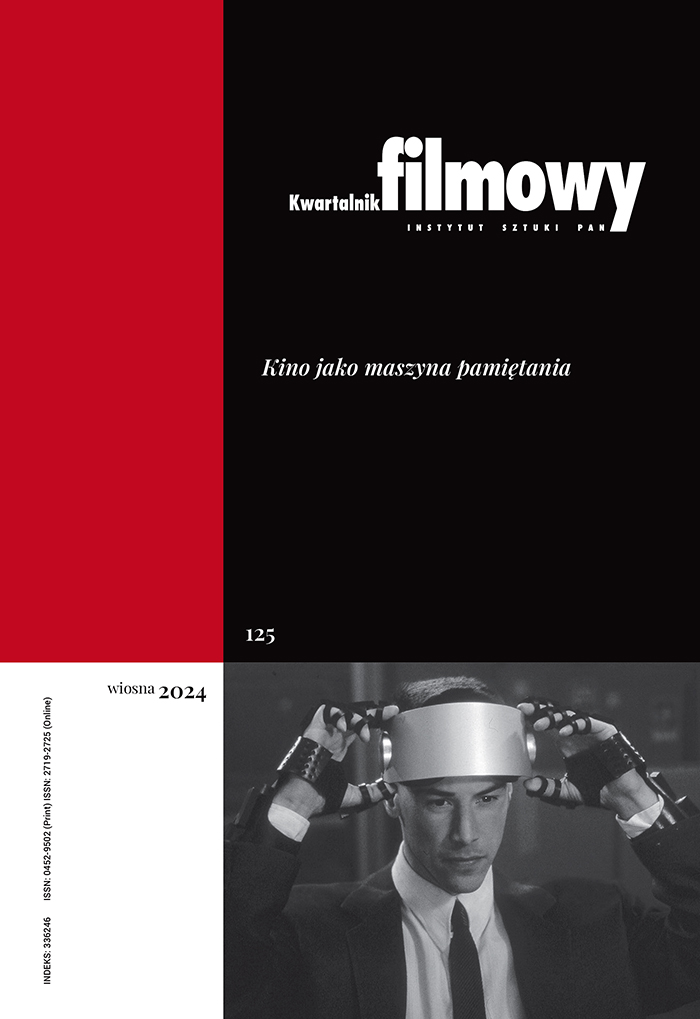The End of Culture
Abstract
Eric Gans discusses the „double-minority” configuration of popular culture with its domination and victimhood problems and the resulting influence on the language in the form of political correctness. The author points to de-esthetisation of the language as the crucial phenomenon affecting our most fundamental means of communication. Gans shows how decreasing the semantic context of the language leads to the deprivation of the figure of universal of imaginary presence. To further continue in this direction is the end of culture, also the end of originary thinking.
- The text is a translation of an excerpt from the book Signs of Paradox: Irony, Resentment, and Other Mimetic Structures by Eric Gans, Stanford University Press, Stanford 1997. © 1997 by The Board of Trustees of the Leland Stanford Junior University.
Due to copyright restrictions the article is available in the print version only.
Keywords:
popular culture, victimisation, originary thinking, generative anthropologyReferences
Nie dotyczy / Not applicable
Google Scholar
Authors
Eric Ganskwartalnik.filmowy@ispan.pl
University of California – Los Angeles United States
Profesor romanistyki na University of California w Los Angeles. Zajmuje się antropologią generatywną. Opublikował książki: The Origin of Language (1981), The End of Culture (1985), Science and Faith (1990), Originary Thinking (1993).
Statistics
Abstract views: 110License
Copyright (c) 2001 Eric GansThe author grants the publisher a royalty-free non-exclusive licence (CC BY 4.0) to use the article in Kwartalnik Filmowy, retains full copyright, and agrees to identify the work as first having been published in Kwartalnik Filmowy should it be published or used again (download licence agreement). The journal is published under the CC BY 4.0 licence. By submitting an article, the author agrees to make it available under this licence.
In issues from 105-106 (2019) to 119 (2022) all articles were published under the CC BY-NC-ND 4.0 licence. During this period the authors granted a royalty-free non-exclusive licence (CC BY-ND 4.0) to use their article in „Kwartalnik Filmowy”, retained full copyright, and agreed to identify the work as first having been published in our journal should it be published or used again.











